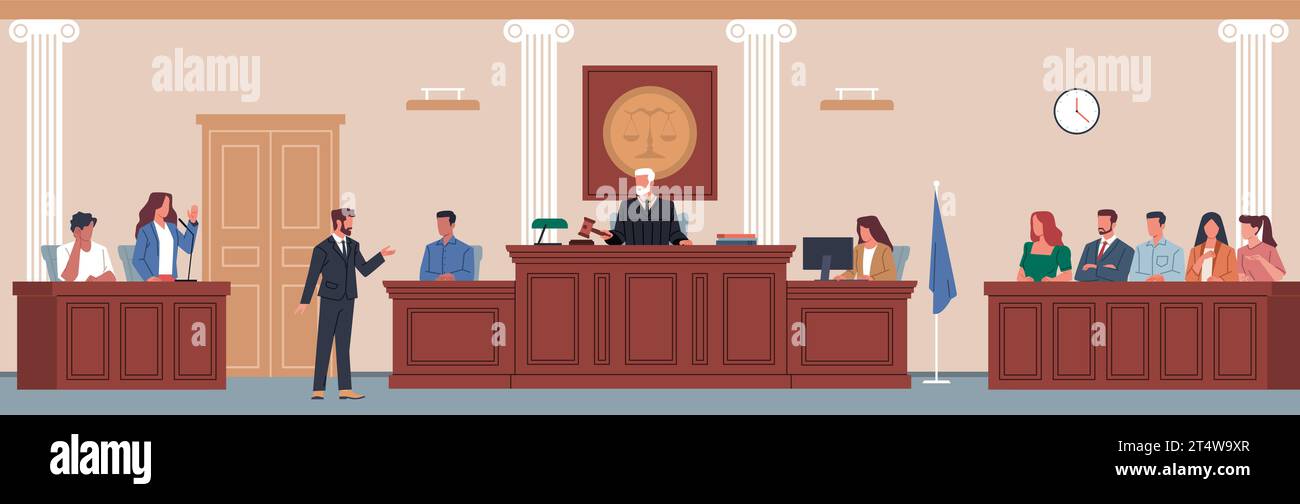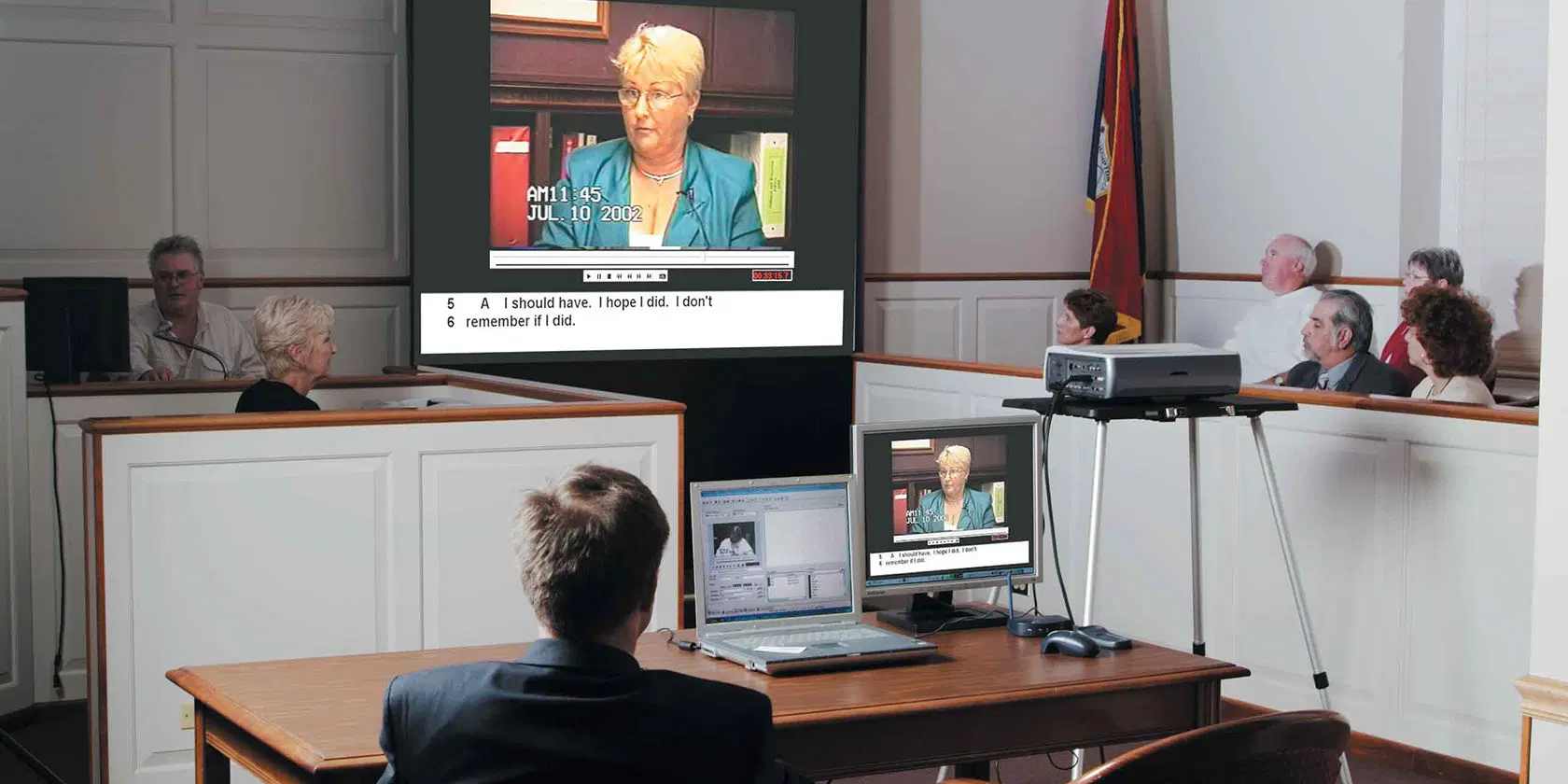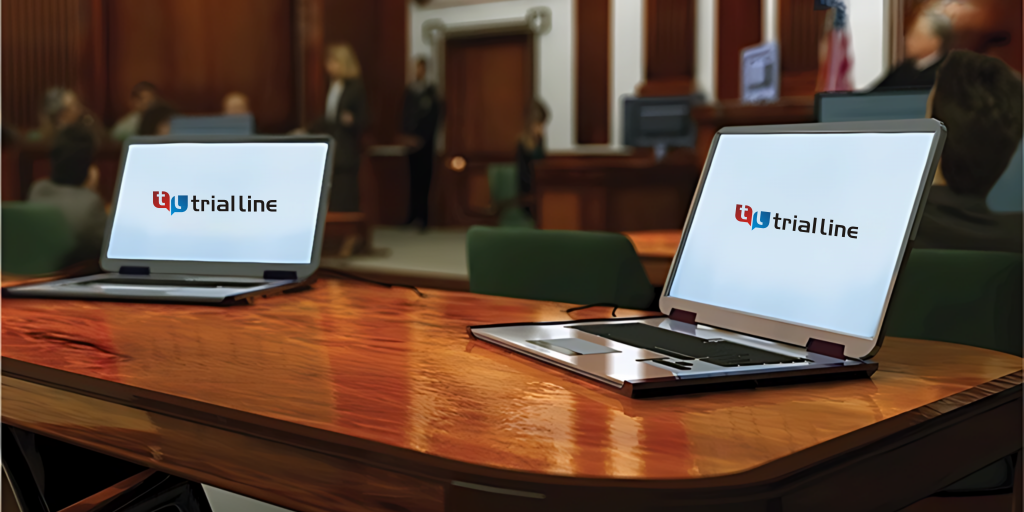Successful litigation require well-crafted trial presentations that make legal arguments compelling.
Successful litigation require well-crafted trial presentations that make legal arguments compelling.
Blog Article
Exactly How Trial Presentations Enhance Your Disagreement and Persuade Jurors
Test presentations offer as a pivotal device for enhancing legal debates and convincing jurors. By integrating aesthetic help, narrative structures, and psychological interaction, lawyers can produce a compelling situation that resonates on several levels. The critical use of visuals not just clears up intricate details yet likewise catches jurors' attention better than words alone. The art of storytelling plays a similarly vital role in changing accurate proof right into an engaging narrative, forming jurors' perceptions. Understanding these elements can substantially impact trial end results, raising the concern of exactly how each part adds to this complex dynamic.

Value of Aesthetic Aids
Visual help play a critical duty in enhancing the performance of trial discussions, as they can considerably increase target market interaction and retention of information. In the context of a test, where jurors are entrusted with handling complex details, aesthetic aids offer to simplify and clarify bottom lines. Charts, charts, and images can convey information and principles that may or else overwhelm or perplex jurors, permitting an extra simple understanding of the evidence offered.
Moreover, visual aids aid in preserving juror interest throughout the proceedings. By breaking the monotony of verbal testimony, these devices can punctuate vital arguments, making them more unforgettable. Reliable visual help can likewise stimulate psychological actions, which can be critical in convincing jurors to align with the speaker's narrative.

Crafting Engaging Stories
A compelling story is important in trial discussions, as it functions as the foundation of efficient persuasion. It permits lawyers to weave together truths, evidence, and psychological elements into a systematic tale that resonates with jurors. This narrative structure enables jurors to recognize the complexities of the instance while guiding them with the attorney's disagreement.
To craft a compelling story, attorneys must concentrate on quality and comprehensibility. This entails developing a clear protagonist-- usually the client-- and detailing their trip with the occasions concerned. Presenting the realities in a rational series boosts comprehension and preserves engagement. Furthermore, making use of vivid summaries can develop psychological pictures that help jurors picture the events, making the narrative much more unforgettable.
In addition, incorporating essential motifs throughout the presentation reinforces the core message and aids in retention - trial presentations. The story ought to not just share info however additionally evoke a feeling of justice, highlighting the risks included. Ultimately, a sound narrative promotes a connection in between the jurors and the case, positioning the lawyer's debate as both reliable and compelling, thereby raising the chance of a favorable decision

Involving the Jury Psychologically
Effective jury involvement hinges on the attorney's capacity to link with jurors on a psychological degree. This link can dramatically affect jurors' assumptions and their supreme decision-making.
Visual aids, such as photos or video clips, can even more enhance psychological engagement, giving jurors with vivid depictions of the situation's human aspects. Crafting a story that highlights the battles and victories of the people included makes sure that jurors see beyond the lawful arguments and identify the human consequences of their choices.
An attorney's enthusiastic distribution can resonate with jurors, strengthening their emotional investment in the instance. It's vital to stabilize psychological charms with anchor factual evidence, making certain that jurors feel obliged to act while staying based in the reality.
Structuring Your Presentation

The body of the discussion need to be rationally segmented right into bottom lines, each supported by engaging evidence. It is useful to utilize storytelling techniques to weave truths right into a story that jurors can easily follow. Visual help, such as charts and video clips, can improve comprehension and engagement, helping to highlight vital items of evidence.
Real-World Study
Checking out real-world instance researches offers important understandings right into the art of test presentations and persuasion. The defense group successfully used a strategy that combined high-profile specialist statements with multimedia discussions, which astounded jurors and eventually affected their choice.
One more significant instance try this site is the "McDonald's Coffee Case," where the plaintiff's attorneys used visuals photos of the injuries sustained by Stella Liebeck. trial presentations. This raw aesthetic proof played a vital role in conveying the seriousness of her burns, leading pop over here to a considerable jury honor. Such instances demonstrate that impactful test presentations typically depend upon the effective integration of visuals and storytelling to evoke psychological actions from jurors
Furthermore, the "Casey Anthony Test" highlighted the value of narrative coherence and reputation. The prosecution's failing to develop a compelling timeline decreased their persuasive power, underscoring the need of a well-structured discussion. Examining these situations reveals that effective trial discussions need calculated preparation, psychological engagement, and the capacity to reverberate with jurors' values and beliefs.
Verdict
Test presentations significantly boost disagreements and persuade jurors via the tactical use of aesthetic aids, engaging stories, and emotional involvement. By simplifying intricate info and fostering links with the audience, these components produce a remarkable and impactful experience. A well-structured discussion balances sob stories with accurate evidence, eventually resonating with jurors' worths. The integration of these methods not only affects decision-making but likewise emphasizes the value of effective communication in the court room.
Report this page